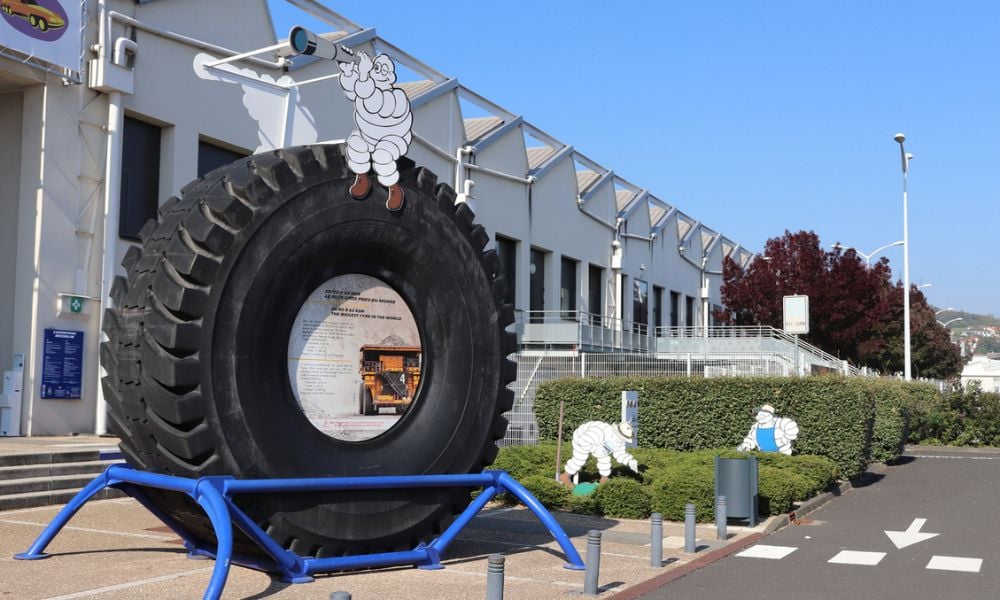The number of on-site workplace drug tests at Kiwi businesses increased by 19% in the past year, but it’s a sensitive issue and if handled incorrectly, it can be an HR nightmare. HRM looks at what you need to know.
Workplace drug testing is becoming increasingly common, with the New Zealand Drug Detection Agency reporting a 19% increase in on-site tests in the past year.
There were 81,410 tests conducting in 2013, up from 68,346 tests in 2012.
According to the agency, the number of non-negative tests dropped from 6.4% in 2012 to 5.5% in 2013, with cannabis being the most commonly detected drug.
Alcohol screening also increased by 30% in 2013, with 51,252 tests conducted.
“The continued rise in the number of on-site workplace drug and alcohol tests is a clear signal that employers in all sectors are taking workplace safety very seriously indeed,” said agency chief executive Chris Hilson.
“Not only are employers in safety-sensitive industries increasing their workplace drug and alcohol testing, but also more white-collar employers are carrying out testing for drugs and alcohol.”
However, workplace drug testing is not always a simple matter.
Employees can find the process invasive and companies must be careful to comply with their own drug and alcohol policies, as Carter Holt Harvey discovered.
The forest products company has been ordered by the Employment Relations Authority to pay compensation to workers after it drug tested 190 employees last May, following the discovery of two marijuana plants on company property.
The authority found that the company had breached its own drug and alcohol policy but continued to carry out the tests anyway.
Jennifer Mills, partner, and Christie Hall, senior associate at Minter Ellison Rudd Watts Lawyers, told HRM that employers should not find the authority’s decision surprising.
“Past cases in the Employment Court have demonstrated that, while employers are entitled to have drug testing policies in place, due to the intrusive nature of drug testing, such testing should be used in a circumspect manner and always in accordance with the policy,” the lawyers said in a statement.
They said that the company’s policy provided for “reasonable cause” drug and alcohol testing where there was cause to suspect drug or alcohol use, but in this situation, even if drug use was discovered, it would not provide any link to the employee in question and the marijuana plants.
“This case serves as a lesson to employers to always consult their policies before drug testing employees, particularly where the testing to be conducted is new or unusual.
“It is difficult to contemplate how the employer’s policy in this instance could have been drafted differently to justify the testing of employees in these circumstances. Drug and alcohol policies that are stated in terms that are too broad are likely to be found to be unjustified when subject to scrutiny by the ERA or the courts. Even if CHH’s policy had been drafted to allow the relevant testing in these circumstances, the court may well have found that the testing was still unjustifiable, particularly in view of the fact that it would have been extremely difficult to establish a nexus between the marijuana plant and an employee that returned a positive test.”
Mills and Hall said another option for the company would have been to tell the employees about the marijuana plants and strictly apply its drug and alcohol policy by scrutinising employees more closely to see whether any of their behaviour could have justified testing under the policy.
There were 81,410 tests conducting in 2013, up from 68,346 tests in 2012.
According to the agency, the number of non-negative tests dropped from 6.4% in 2012 to 5.5% in 2013, with cannabis being the most commonly detected drug.
Alcohol screening also increased by 30% in 2013, with 51,252 tests conducted.
“The continued rise in the number of on-site workplace drug and alcohol tests is a clear signal that employers in all sectors are taking workplace safety very seriously indeed,” said agency chief executive Chris Hilson.
“Not only are employers in safety-sensitive industries increasing their workplace drug and alcohol testing, but also more white-collar employers are carrying out testing for drugs and alcohol.”
However, workplace drug testing is not always a simple matter.
Employees can find the process invasive and companies must be careful to comply with their own drug and alcohol policies, as Carter Holt Harvey discovered.
The forest products company has been ordered by the Employment Relations Authority to pay compensation to workers after it drug tested 190 employees last May, following the discovery of two marijuana plants on company property.
The authority found that the company had breached its own drug and alcohol policy but continued to carry out the tests anyway.
Jennifer Mills, partner, and Christie Hall, senior associate at Minter Ellison Rudd Watts Lawyers, told HRM that employers should not find the authority’s decision surprising.
“Past cases in the Employment Court have demonstrated that, while employers are entitled to have drug testing policies in place, due to the intrusive nature of drug testing, such testing should be used in a circumspect manner and always in accordance with the policy,” the lawyers said in a statement.
They said that the company’s policy provided for “reasonable cause” drug and alcohol testing where there was cause to suspect drug or alcohol use, but in this situation, even if drug use was discovered, it would not provide any link to the employee in question and the marijuana plants.
“This case serves as a lesson to employers to always consult their policies before drug testing employees, particularly where the testing to be conducted is new or unusual.
“It is difficult to contemplate how the employer’s policy in this instance could have been drafted differently to justify the testing of employees in these circumstances. Drug and alcohol policies that are stated in terms that are too broad are likely to be found to be unjustified when subject to scrutiny by the ERA or the courts. Even if CHH’s policy had been drafted to allow the relevant testing in these circumstances, the court may well have found that the testing was still unjustifiable, particularly in view of the fact that it would have been extremely difficult to establish a nexus between the marijuana plant and an employee that returned a positive test.”
Mills and Hall said another option for the company would have been to tell the employees about the marijuana plants and strictly apply its drug and alcohol policy by scrutinising employees more closely to see whether any of their behaviour could have justified testing under the policy.





